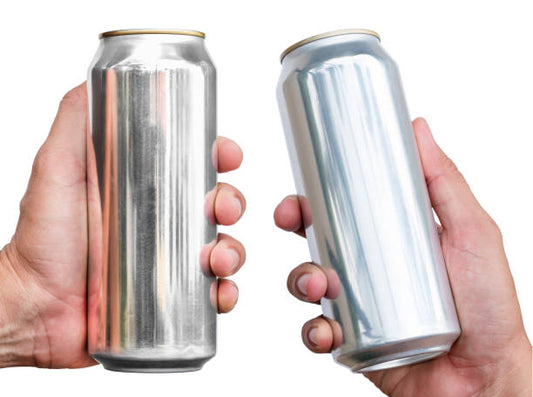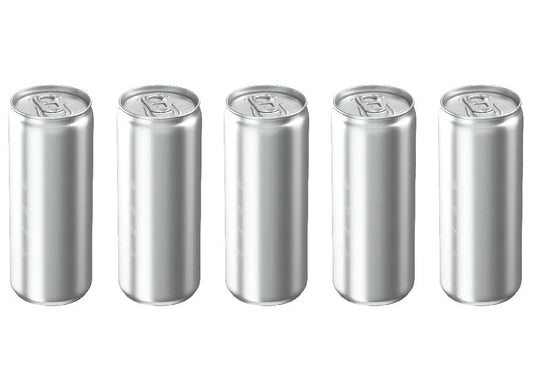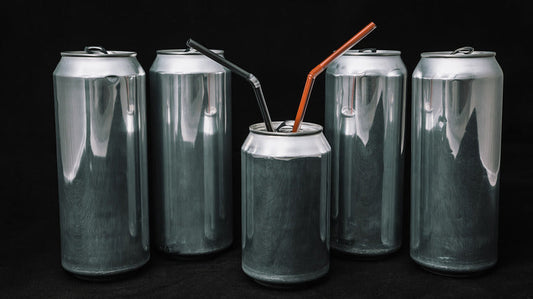The plastic crisis that our modern world is facing today is truly staggering. Let's explore some compelling statistics: In 1950, global plastic production was around 2 million tons annually. Fast forward to 2015, and this number has skyrocketed almost 200 times. As of 2017, over 8.3 billion tons of plastic have been produced and introduced into the world. Out of this estimate, only around 6.3 billion tons have turned into plastic waste. Shockingly, a mere 21%-30% of plastic is recycled, resulting in a significant amount remaining in landfills and oceans.

Disadvantages of Biodegradable Bottles
-
Product quality is affected because iodegradable bottles decompose too quickly:
While current biodegradable bottles hold promise, their major flaw lies in their rapid decomposition when exposed to light and heat. This breakdown often occurs before the products reach the market. For instance, imagine purchasing a green detox juice product stored in a biodegradable bottle designed to break down when exposed to UV light and heat. While this seems environmentally-friendly, variations in storage conditions can quickly compromise the bottle and spoil the product. Opening a partially decomposed bottle is frustrating and inconvenient.
-
Cost of Biodegradable Bottles:
The rising costs associated with producing bottles without harmful chemicals or unwanted materials pose a significant challenge. Inflation further exacerbates this issue. Maintaining reasonable prices while ensuring a quality product becomes increasingly difficult for businesses. If the product becomes too expensive for consumers, companies may price themselves out of the market.
-
Marketing Appeal:
The success of any product lies in effective marketing. Consumers must be drawn to the product for it to sell well. Unfortunately, many biodegradable bottles compromise on transparency due to their colored appearance. Clear plastic bottles remain the preference for consumers since they offer visibility, allowing consumers to see the product before purchase. Ultimately, consumer preference often leans towards clear "bad for the environment" bottles rather than opaque "good for the environment" ones.

Current Alternatives to Biodegradable Bottles
-
Glass:
Considered the original alternative to plastic, glass has been used for bottling goods since ancient times. Glass remains non-toxic, resistant to chemical leeching, and recyclable. However, the cost and fragility of glass, as well as its higher transportation costs, have made plastic a more dominant choice in various sectors.
-
Aluminum:
Another popular alternative, aluminum bottles are non-toxic and infinitely recyclable. They offer high temperature resistance and are lighter than glass, making them convenient for activities like sports. However, they can dent easily and may contain contaminants like BPA depending on the brand.
-
Organic Plant-Based Materials:
Utilizing organic waste, materials such as algae, sugarcane, bamboo, and trees are used to create biodegradable bottles. While energy-efficient in production and easily decomposable, these bottles often lack transparency and durability.
-
Cardboard:
Cardboard offers a cost-effective and biodegradable alternative to plastic. It decomposes quickly and can be disposed of through paper recycling, regular trash, or composting. However, cardboard containers are not as durable as plastic, and some parts of the production process still involve unrecyclable plastic.
The potential of Biodegradable Bottles
Biodegradable bottles are already available on the market, but they come with their limitations. Continuous advancements and active research are being conducted to produce durable biodegradable bottles that overcome the drawbacks of current plastic use.
In conclusion, the issue of plastic pollution demands urgent solutions. Biodegradable bottles present a potential breakthrough, but they still need refinements to address issues such as rapid decomposition, costs, health concerns, and consumer preference. Through ongoing innovation and research, we can create a future where biodegradable bottles become the norm and contribute to a healthier planet.









